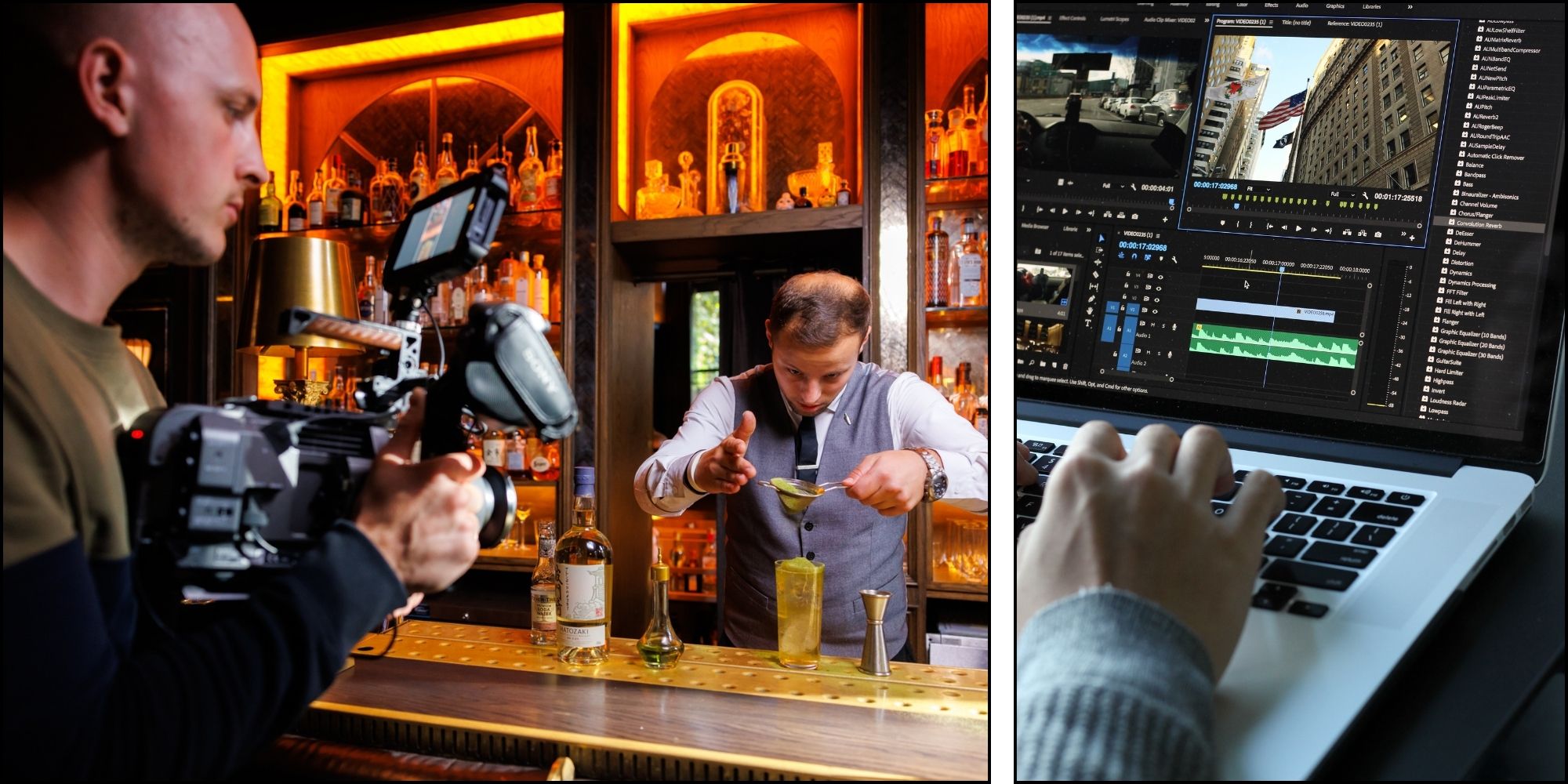Why Event Branding Matters & How to Create Immersive, Sustainable & On-Brand Events
From bold visuals to digital touch-points, effective event branding drives recognition, sparks emotion, and keeps your brand front of mind...

If you’ve worked with a video production company, you may have heard or seen the term ‘RAW video files’ used in communications. But unless you have worked in video production, you may not be 100% sure what this actually refers to.
So to clear up any confusion that surrounds RAW files, we are going to explain what they are, how they’re used to enhancing video production outputs and what you can expect to receive from your video production company if you request them.
Let’s start with a definition: RAW stands for ‘Raw Audiovisual Workflow’; however, RAW files may also be referred to as ‘source footage’. These files represent the purest form of footage captured by the camera sensor. Unlike ready-to-use video formats, such as MP4 which compress and process the footage, RAW files retain all the original information captured by the camera’s sensor, providing greater flexibility for post-production editing. RAW files are essentially the digital equivalent of a film negative, preserving the maximum amount of data for professional editing and adjustments.
However, this means RAW files are not ready to use. The footage hasn’t been enhanced in any way – no colour correction, audio enhancement, editing or removal of unusable content. So if you’re hoping to receive these files to repurpose into a social media clip or another video, you might be shocked when you receive a long list of files that aren’t ordered according to the storyboard and that don’t have the same look or feel as the final video output you’ve already received. Read on to understand why this is the case.
The beauty of RAW files lies in their potential. When our cameras capture footage in RAW format, they’re essentially capturing every detail of the scene in its unadulterated state. We usually shoot using Sony cameras in S-Log, which is a log curve specially optimised for digital motion picture cameras to maximise the information that the camera sensor records and transmits. In doing so, it maximises our creative post-production control and flexibility so we can mould your video exactly according to your brief.
RAW files contribute to a superior finished product for several reasons. Firstly, they preserve the original colour data, including information about the intensity of light and colour at each pixel. This information is often irreversibly lost in compressed ready-to-use formats in a bid to reduce the file size, which goes some way to explain why RAW files are pretty large! The benefit of this is the ability to represent colours and shades across the full colour spectrum leading to smoother colour gradients and a more accurate reproduction of fine details.
For editors, this provides virtually limitless editing possibilities and the flexibility to manipulate colours precisely to create a specific mood or visual style. Whether you want to enhance the warmth of a sunset, create a cool, blue-toned atmosphere, or emphasise specific hues, RAW files allow for these nuanced adjustments. This level of control ensures that your video not only aligns with your creative vision but also evokes the intended emotions, making your narrative not just visually appealing, but emotionally resonant.
Another reason we use RAW files is to maintain consistency across shots. We’re likely to utilise a multi-camera set up, and we may even be shooting at different times of the day, or over a couple of days. This can lead to diverse lighting conditions and an incoherent visual style. RAW files, with their detailed colour information, enable editors to match colours seamlessly across various shots. This consistency ensures that your video appears cohesive, even if it involves diverse locations, lighting conditions, or camera setups.

Now we’ve covered what RAW files are and why they are important, you might be left wondering in what instances you would want to request your RAW files.
If you have your own post-production team, and you just want us to film content and capture the audio, you’ll want to provide your editing team with the RAW files. More commonly, however, we are asked for the RAW footage so that it can be repurposed in the future, either by an internal post-production editing team or to send back to us to edit.
In either case, it is important to reiterate what you’ll find when you receive your RAW files:
We hope we’ve cleared up a few misconceptions about RAW files and helped to clarify their importance in quality video production.
To reiterate, RAW files are the unprocessed camera outputs that our videographers have captured on the shoot. It is important that you request your RAW files if you’d like to repurpose the content we have captured for you in the future, either with your own post-production team or sending it back to us for our team to edit.
If this isn’t going to be the case for you, then it is probably not worth the effort or expense of holding on to these files, but as always, we’re happy to help and answer any other questions you might have in order to decide whether you need your RAW footage, or not.
or
Designed and built by ONQOR.